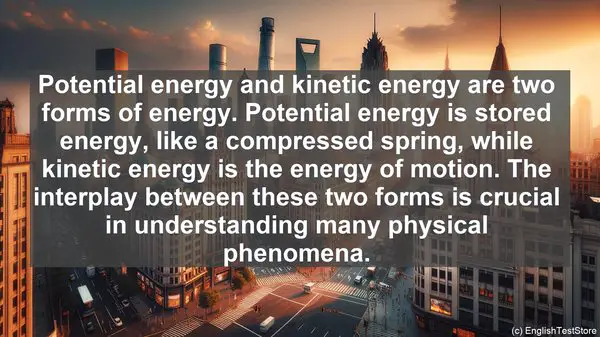Introduction: The Language of Particle Physics
Particle physics is a fascinating field, but it comes with its fair share of complex terminology. In this lesson, we’ll unravel the meanings behind 10 words that often trip up students. So, let’s dive in!

1. Particle vs. Antiparticle
Particles are the building blocks of the universe, but did you know that for every particle, there’s an antiparticle? They have the same mass but opposite charge. Understanding this duality is crucial in fields like quantum mechanics.
2. Quark vs. Lepton
Quarks and leptons are two fundamental types of particles. Quarks are the building blocks of protons and neutrons, while leptons include electrons and neutrinos. Remember, they have different properties and interactions.
3. Boson vs. Fermion
Bosons and fermions are two broad categories of particles. Bosons, like the famous Higgs boson, carry forces, while fermions, such as electrons, make up matter. It’s a distinction that’s vital in understanding the universe’s workings.
4. Mass vs. Weight
Mass and weight are often used interchangeably, but they’re not the same. Mass is the amount of matter in an object, while weight is the force exerted on it due to gravity. On Earth, weight is proportional to mass, but on other celestial bodies, it can vary.

5. Energy vs. Power
Energy and power are related but distinct concepts. Energy is the ability to do work, while power is the rate at which work is done. Think of it like this: energy is the capacity, while power is the speed.
6. Velocity vs. Acceleration
Velocity and acceleration are both measures of an object’s motion, but they’re not the same. Velocity is the rate of change of displacement, while acceleration is the rate of change of velocity. In simpler terms, velocity is speed with direction, while acceleration is a change in speed or direction.
7. Force vs. Pressure
Force and pressure are related to the interaction between objects, but they have different meanings. Force is a push or pull, while pressure is the force exerted per unit area. So, while force is a scalar quantity, pressure is a vector quantity.
8. Potential Energy vs. Kinetic Energy
Potential energy and kinetic energy are two forms of energy. Potential energy is stored energy, like a compressed spring, while kinetic energy is the energy of motion. The interplay between these two forms is crucial in understanding many physical phenomena.
9. Frequency vs. Period
Frequency and period are two ways to measure the time taken for a complete cycle of a wave. Frequency is the number of cycles per second, while period is the time taken for one cycle. They’re inversely related: as frequency increases, the period decreases.
10. Quantum vs. Classical
Quantum physics and classical physics are two distinct branches. Classical physics describes the macroscopic world, while quantum physics deals with the microscopic, where particles can exist in multiple states simultaneously. It’s a realm of uncertainty and probability.
